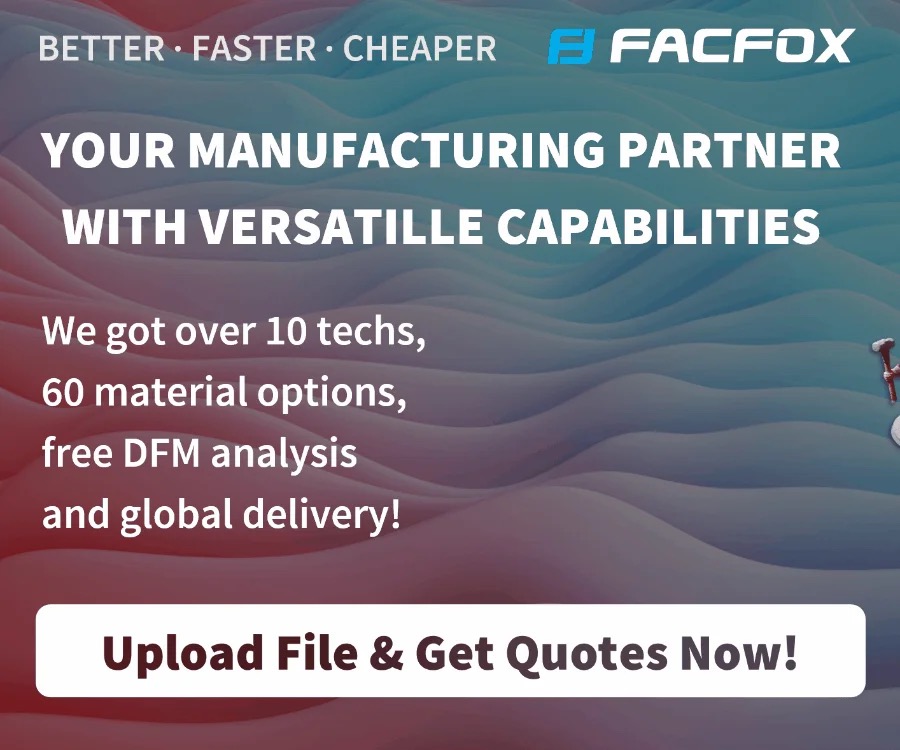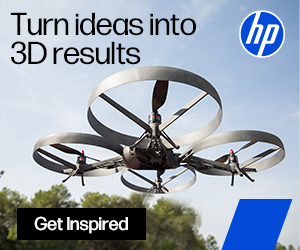PostProcess Technologies Sells 20th System to “Global Tech Leader”
PostProcess Technologies has announced that it has sold its 20th post-processing system to a single customer. The 20th unit is a PostProcess DEMI X 520 unit, but the firm has other models from PostProcess as well. Additionally, the company says that its technology is being used at six locations in Europe. The client is described as a “global tech leader.”
The DEMI X is an axial flow agitation unit that couples with PostProcess’ detergents and programs to remove supports and uncured resin from parts, as well as rinse those same parts. Without using IPA, the unit has variable flow routines to treat different parts with a high degree of automation. Like all PostProcess units, it comes with AUTOMAT3D software, which lets you change recipes and track batches.
“We are excited to mark this milestone with a globally recognized technology leader. Their ongoing investment in our solutions underscores the pivotal role of advanced post-printing technology in driving quicker innovation. We are eager to continue supporting their success and gaining invaluable input based on their daily usage of our solutions. They have plans to add our solutions to additional prototyping facilities and eventually incorporate our connected solutions into upcoming manufacturing applications,” said PostProcess Technologies CEO Jeff Mize.
I really like progress in post-processing. More sales in post-processing equipment mean we’re doing well as an industry. You only buy post-processing equipment if you’re using 3D printing every day and building parts every day. Post-processing improves repeatability, lets you better color and dye parts, makes parts more consumer-friendly, and vastly reduces costs. In many cases, labor can be around 30% of part costs. By reducing those, we can make parts less expensive and make more applications viable.
For multinationals operating print centers worldwide, improved health and safety is also a big reason to opt for enclosed post-processing stations. Less exposure to resin and powder means fewer health-related risks. Large corporations really care about this and are becoming much stricter in this arena. The fact that PostProcess has a nice emergency stop button, UL certification, safety enclosures, and biocompatible detergent really matters to them.
So far, a lot of post-processing equipment has been geared toward service bureaus, optimizing for them. Services have high part variability, several materials, tight deadlines, and a batch-to-batch process. Equipment for them is generally small and focused on batch-to-batch operations. In the future, we would expect more equipment to be focused on manufacturing applications. Here, one single machine model is used, one single material, and one type of part is often made. Serial manufacturing wants more specific specifications, higher reliability, and larger volumes of the same part. For that kind of process, we can think of line-like systems and processes and larger volumes. Gentle handling of all sorts of parts is typically less important, but tracking, standards, and throughput are more important.
For the large enterprise market, different things are needed once again. Often, small form factors are important here. They want safety above all else and really care about operator safety. These clients would be very interested in the actual workflow and what happens to parts in a typical office-like or semi-factory place. Most post-processing equipment falls into the first category. The second category of high-volume manufacturing is potentially huge but slow to reveal itself. Perhaps the in-office enterprise segment may be a very profitable redoubt for the post-processing crowd.
Subscribe to Our Email Newsletter
Stay up-to-date on all the latest news from the 3D printing industry and receive information and offers from third party vendors.
Print Services
You May Also Like
RAPID 2025: Stratasys & trinckle Announce Strategic Software Partnership
News continues to flood in from last week’s RAPID+TCT 2025, including a new partnership between AM market leader Stratasys and Berlin-based software company trinckle. By automating important steps in fixture...
RAPID TCT 2025: Spring in the Paris of the Midwest
I’m going to go out on a limb here and say that whomever coined the phrase Detroit: Paris of the Midwest, had not spent a lot of time in Paris...
3D Printing Financials: 3D Systems Looks to Bounce Back in 2025
After a challenging year for the industry, 3D Systems (NYSE: DDD) ended 2024 with results pointing to a reset, laying the groundwork for future profitability. The company didn’t post strong...
Printing Money Episode 27: Q4 2024 Public 3D Printing Earnings Review with Troy Jensen, Cantor Fitzgerald
Q2 2025 has already begun, but public markets reporting has only just finished with Q4 2024. To tie a bow on Q4 2024, we are thankful to have Troy Jensen...


























